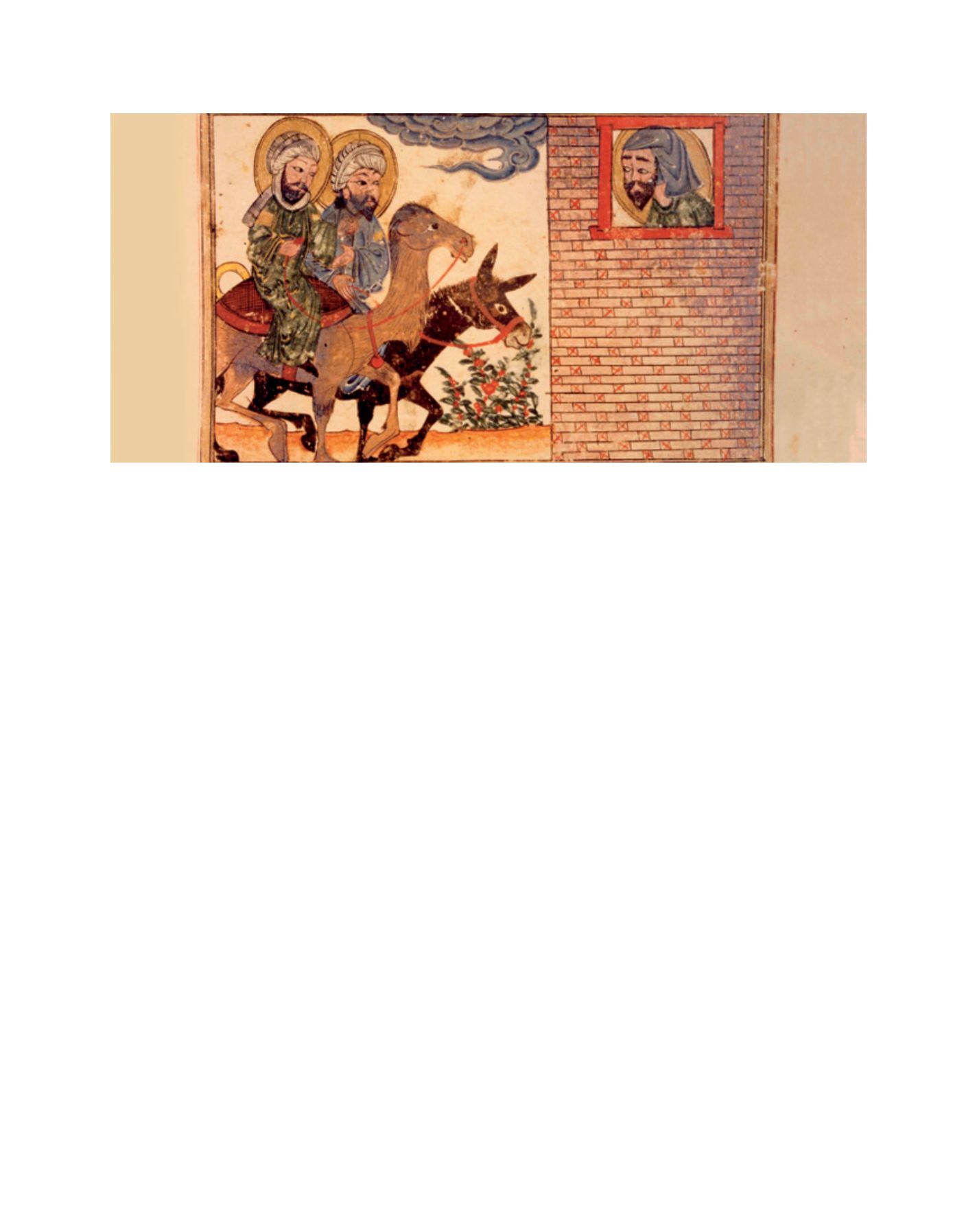

[
] 149
ering place in 1986 and lent real meaning to interfaith dialogue
in a joint ceremony to pray for peace in Assisi, the city of Saint
Francis, who had himself abandoned the principle of the Crusade.
Just as Pius XI had done in the early 1930s, envisaging a relation-
ship between those who “at least believe in God,” so John Paul II
hoped to show, with the prayer meeting in Assisi, that religions’
contribution to peace did not come about by simply asking each
one to step outside of itself and deposit their individual responsi-
bility in a neutral ground of rights devoid of any past history. On
the contrary, through the very act of religious experience which
characterizes and decentralizes it, namely prayer, each faith was
measured on its ability to find within itself the contribution to the
search for peace that pervades humanity.What was new about this
was not merely the recognition of a common beneficiary of prayer,
but that the sincerity of the person praying was given credit.
Shortly after that prayer meeting, a politological claim which
had been circulating for some time made its appearance in the
context of understanding the
fait religieux.
As early as 1936,
just a few years after Pope Pius XI’s speeches to which I referred
previously, the French Catholic
Semaine sociale
addressed the
theme of ‘the clash of civilizations’. A few years after the inter-
faith meeting in Assisi in 1986, a major American political
scientist posited the theory and dynamics of a new
Clash of
Civilizations.
In his essay and book Samuel Huntington did
not set out to describe an existing conflict or one that was
actively sought. He described a conflict situated along the path
which was leading the world from the end of the Cold War
to the fatal tension between the United States and China, and
which he identified as being somewhere prior to the middle
of the twenty-first century. In Huntington’s view, the halfway
stage of this inevitable struggle for global hegemony would
be the delineation of large geopolitical blocs between ‘civili-
zations’. Within these blocs, the ancient religions which had
all but disappeared in the age of secularization and moder-
nity would once again have a catalysing effect on identity and
would discover a new balance of order (for example solidarity
among Abrahamic monotheistic religions).
Although the prospect of internal conflicts within single
religious groupings was merely the premise for a real war, the
book and its claim were read as the self-fulfilling prophecy of
a clash between Judaism, Christianity and Islam. It is of little
use to point out that since each of the three great Abrahamic
traditions contained so many of these same differences inter-
nally, alongside the memory of bitter or bloody conflicts, to
refer to them as incoherent bodies would be to overgeneralize.
The perceived mutual threat has recruited minds and bodies.
So in the wake of 9/11 the formula ‘clash of civilizations’
seemed perfectly suited to describe the struggle. On the one side
those within the various spiritual traditions of Islam who have
attempted armed insurrection and whose victims have mostly
been other Muslims, considered harmful to a regenerative and
purifying idea of violence (a typical idea in pre-1914 Europe). On
the other, the West, riddled with differences no less radical than
those intra-Muslim ones, but perceived and acting as the bearer
of an identity with religious overtones of its own.
There are some who have tried to hold out against the idea of
a slow slide into the
bellum perpetuum
as theorized by Francisco
de Vitoria 500 years ago. An array of centres and institutions, of
passion and intelligence, of souls and ideas has been deployed to
bring the first mile of interreligious dialogue to completion, with
increasingly significant results: these efforts were sustained both
by the intent of combating that ‘30-years war’ between Islamic
minorities who, within divided traditions, dream of regenerat-
ing a mythical past unity, and of limiting the power of political
groups in the West who have fought terrorism (the terrorism
in the name of God) and thus justified wars and warfare which
violate the fundamental principles of democratic states.
This first mile has consisted of well-meaning intentions
and sincere commitment in order to educate public opinion,
both inside and outside Europe, that fraternity is possible.
Isaiah’s vision of Jesus riding a donkey and Muhammad riding a camel, al-Biruni, al-Athar al-Baqiyya ‘an al-Qurun al-Khaliyya (Chronology of Ancient Nations),
Tabriz, Iran, 1307-8
Image: Edinburgh University Library
A
gree
to
D
iffer

















